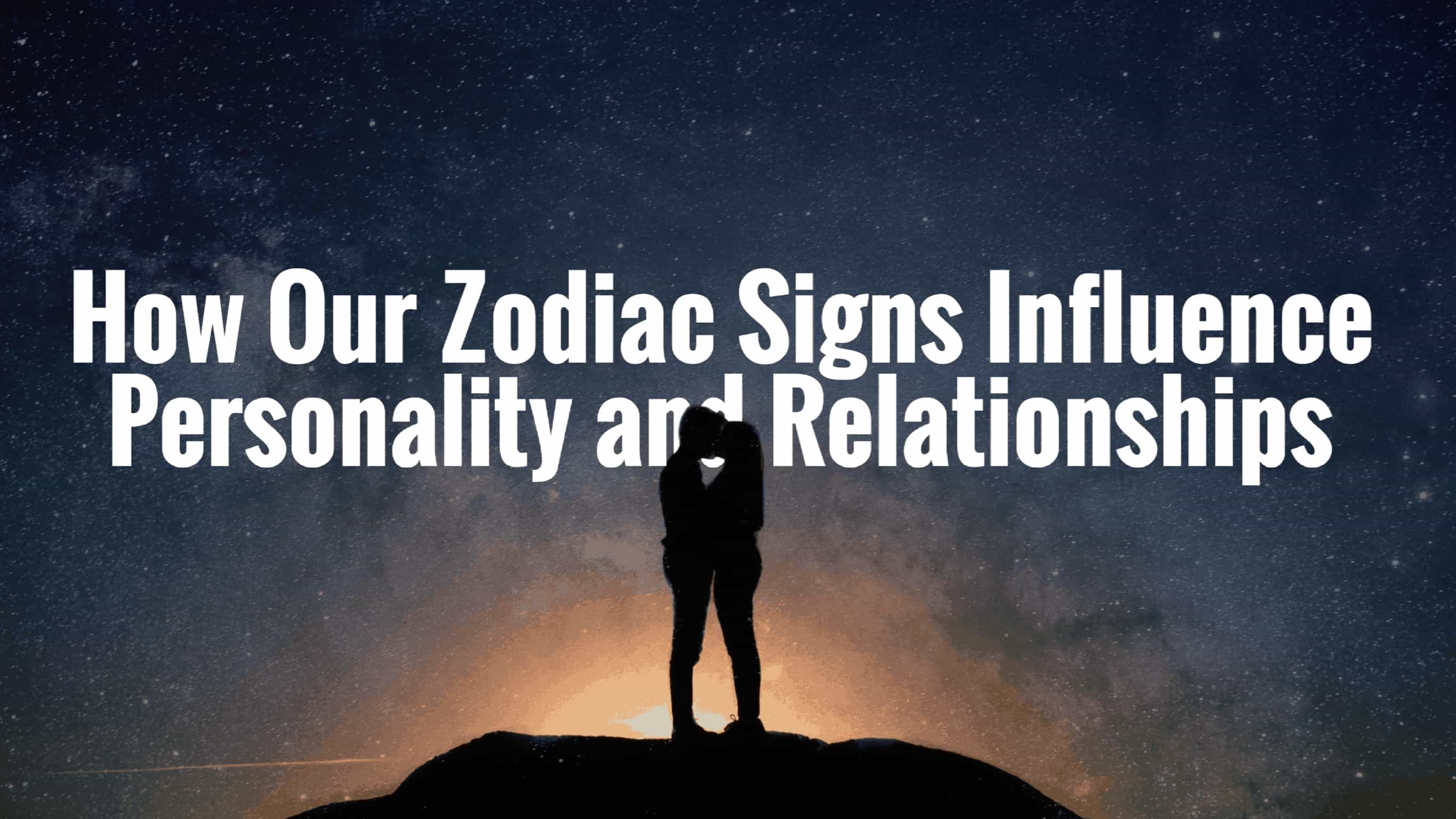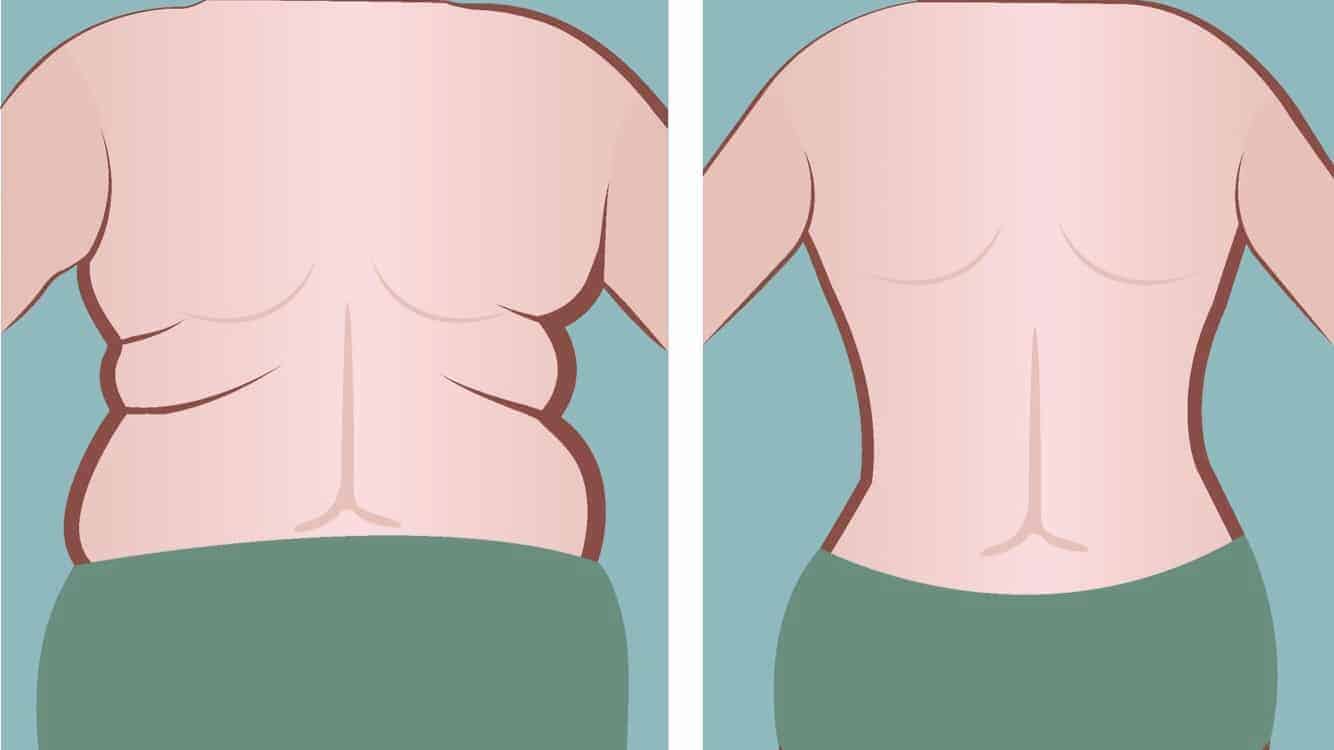Acute Stress Disorder
People who experience an event that puts them in fear for their life may develop one of two conditions: post-traumatic stress disorder (PTSD) and acute stress disorder (ASD).
In contrast to PTSD, the symptoms of acute stress disorder are generally limited to one month. PTSD symptoms may persist for many years. Comparing the two conditions, according to the United States Department of Veterans Affairs, “ASD is more likely to involve feelings such as not knowing where you are, [or] feeling as if you are outside of your body.”
Acute stress disorder occurs because of a strong psychological reaction to a personally traumatic or terrifying event. Importantly, this event induces a strong emotional response within the individual. Approximately 6 to 33 percent of people who experience a traumatic event develop an acute stress reaction.
Per the U.S. Department of Veterans Affairs, individuals diagnosed with ASD are “very likely to get PTSD.” Research shows that 8 out of every 10 people diagnosed with ASD have developed PTSD within six months.
Facts About Trauma
Here are some sobering statistics, courtesy of the National Trauma Institute:
- Trauma is the #1 leading cause of death for people between ages 1 to 46.
- It is the leading cause of total years of potential life lost before age 75.
- Trauma costs the healthcare system and industry more than $671 billion, which is more than heart disease and diabetes combined.
- Despite the above statistics, just .02 percent of the National Institute of Health (NIH) budget is allocated to trauma-related research.
“Trauma is personal. It does not disappear if it is not validated. When someone enters the pain and hears the screams, healing can begin.” – Danielle Bernock
“PTSD is not about what is wrong with someone. PTSD is about what happened to someone.” – PTSD Support & Global Awareness
At-Risk Demographics
According to Healthline, the following individuals are at an increased risk of developing ASD:
- People who have experienced, witnessed, or been confronted with a traumatic event in the past.
- Those with a history of ASD or PTSD.
- Individuals with a history of mental disorders.
- People with a history of dissociative symptoms during traumatic events. (Dissociation is the feeling of being “separated” from oneself.)
Symptoms of Acute Stress Disorder
The American Psychological Association (APA) separates the symptoms of ASD into two categories. Category 1 is comprised of the following five symptoms. A minimum of three are required for diagnosis:
- Feelings of emotional numbness.
- Feelings of being in a daze or dream-like state.
- Experiencing a loss of personal identity and feelings.
- Feeling separated from reality.
- Loss of memory about one or more aspects of the traumatic event.
Category 2 is comprised of the following three symptoms, one of which is required for an ASD diagnosis:
- Avoidance: a desire to avoid remembering the event.
- Hypervigilance: difficulty sleeping, irritability, being easily startled.
- Flashbacks: vivid remembrances of the event that produce highly distressing symptoms.
5 Leading Causes of Acute Stress Disorder
Per the Department of Veterans Affairs, these five groups exhibited symptoms of ASD:
- 33% of survivors of mass shootings.
- 25% of assault and robbery victims.
- 19% of violent assault victims.
- 13 to 21% of people involved in serious car accidents.
- 7% of natural disaster survivors.
The V.A. department notes that individuals with a history of mental illness may be at a higher risk of ASD. Furthermore, those with a past diagnosis of PTSD may also have a higher risk for ASD.
How to Fix It: ASD Treatment
Acute Stress Disorder is a severe mental health condition, capable of affecting the individual to such a degree that they become debilitated. Prompt and efficient treatment is necessary to curtail the high risk of PTSD onset.
Per medical professionals, treating ASD revolves around three methods:
- Cognitive Behavioral Therapy (CBT): CBT focuses on the relationship between personal emotions, thoughts, and behaviors. It includes coping strategies for solving current problems and changing unhelpful cognitive patterns. CBT is the most widely used evidence-based practice for improving mental health. Numerous studies show that CBT may be the most effective method for treating ASD. Other research demonstrates that CBT may help prevent the likelihood of PTSD development later on.
- Eye Movement Desensitization and Reprocessing (EMDR): EMDR involves the patient verbally recounting the traumatic experience while tracking a moving object with their eyes. Research shows that EMDR is a highly effective trauma treatment. One reason for this is because the interaction with a given EMDR task lowers the stress of recounting a traumatic event, making it easier for individuals to process and heal from their trauma. Many people find success with this therapy, such as the EMDR therapy in Melbourne, which has been praised for its compassionate and professional approach to treating trauma.
- Meditation: As thousands of war veterans can attest, meditation can be a highly effective, and possibly life-saving, trauma treatment. Some U.S. military branches have begun incorporating mindfulness and meditation-based practices into their “debriefing” curriculum for returning war veterans. In a recent study, 83.7% of active-duty service members with PTSD or an anxiety disorder reduced their trauma symptoms after one month of Transcendental Meditation. Another promising stat: just 10 percent of those same veterans increased their medication dosages.
https://youtu.be/lFdcCXmGpy4

















